Description
This second release content spotlights on the essentials of advanced sign transforming with an accentuation on useful applications. So as to inspire understudies, huge numbers of the samples show the preparing of discourse and music. This topic is additionally a center of the course programming that highlights offices for recording and playing sound on a standard PC.
The going with site contains an extensive MATLAB programming bundle called the Fundamentals of Digital Signal Processing (FDSP) tool compartment form 2.0. The FDSP tool compartment incorporates section GUI modules, a far reaching library of DSP capacities, direct access to the majority of the computational cases, figures, and tables, answers for chose issues, and onliine help documentation. Utilizing the intuitive GUI modules, understudies can investigate, come close, and specifically encounter the impacts of sign transforming procedures with no requirement for programming.
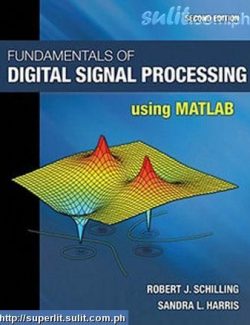
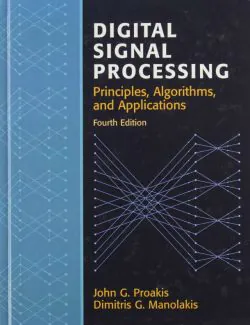
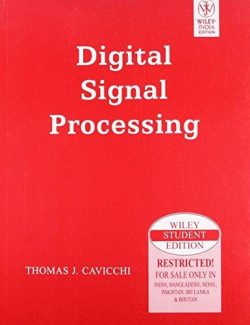
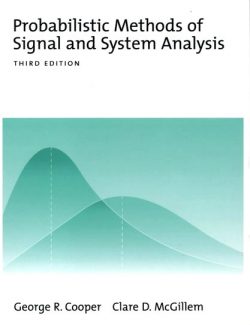
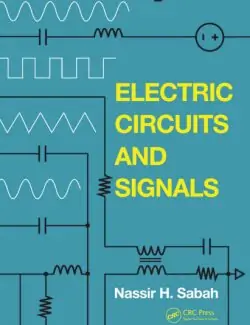
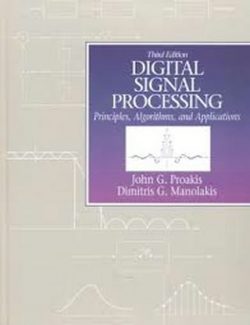
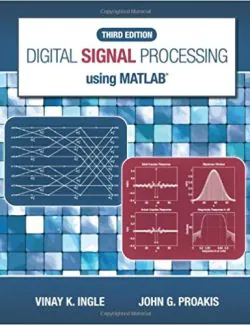
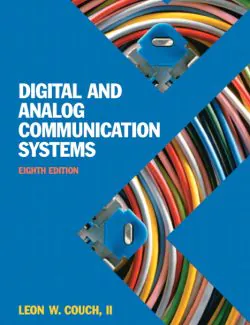
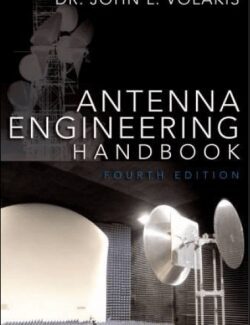
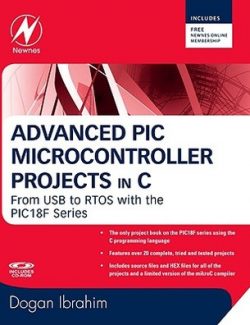
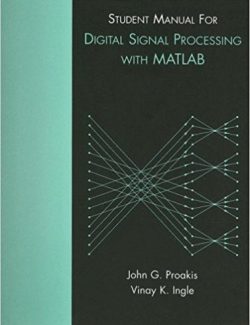
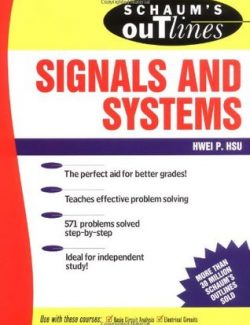
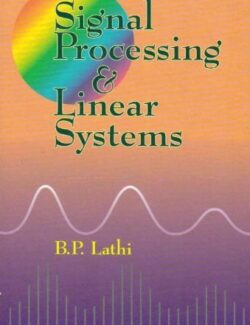
Leave us a comment
No Comments